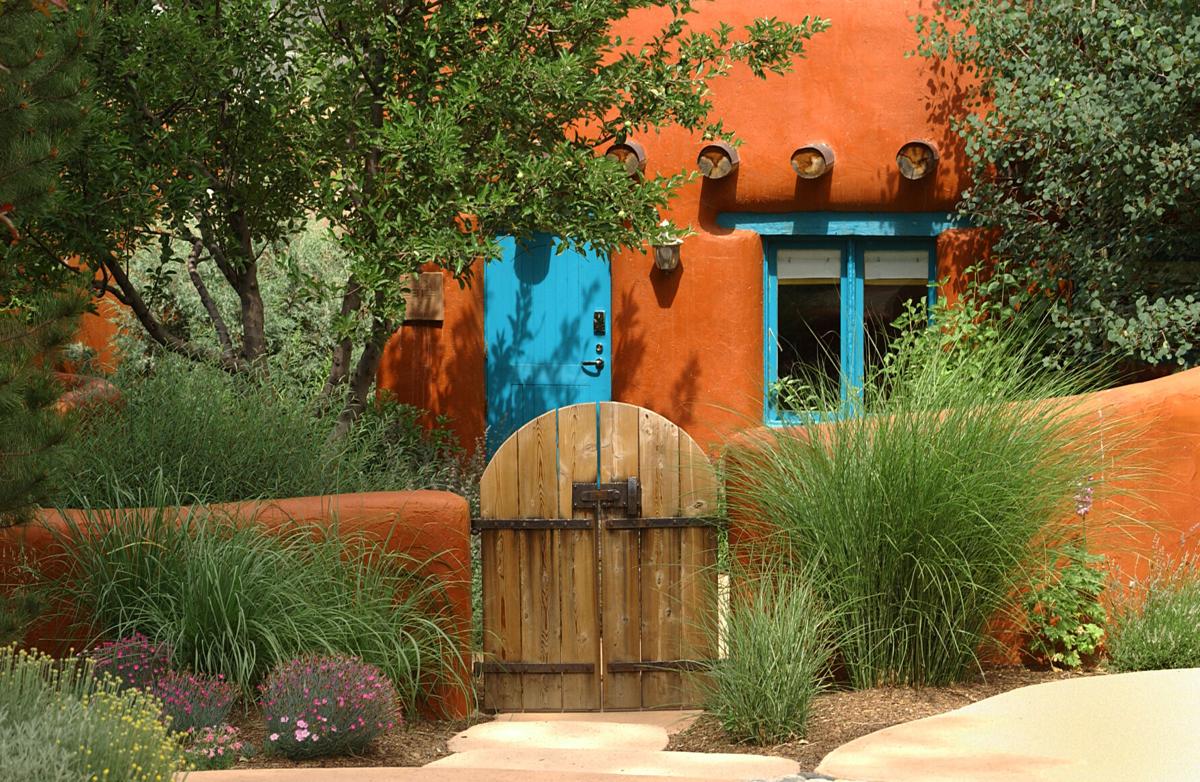What’s your favorite garden style? Some like more formal gardens, while others prefer a more natural look. If you’re in the process of designing your garden, you may want to give some thought to what styles work particularly well in our climate.
Cottage garden: I always thought of this style as a quintessential English garden style, but it turns out you can get the same look here with our native plants —particularly perennial flowering plants. The key is to have an informal, slightly messy look with lots of different plants and flowers of varying shapes, colors and textures. The bonus is that this type of garden tends to be great for wildlife, too — the biodiversity and general messiness makes it a wonderful habitat for insects, birds and other small animals.

Mediterranean gardens are a style of formal garden and feature geometric shapes, straight lines and water features. You can use drought-tolerant native plants such as olive trees, citrus, oleander, fig, cypress and pomegranate.
Mediterranean garden: These are characterized not only by classic Mediterranean plants (such as cypresses, Mediterranean fan palms, olives, citrus and the like) but also by a geometric and formal design. They almost always include a fountain or other formal water feature, as well as straight pathways and paved or tiled courtyards. The plants can work well in our climate, but I encourage you to avoid formal hedges that require regular shearing. Plants that can tolerate shearing in our climate are hard to find, and native shrubs that are sheared will not survive the treatment for long.
Tropical garden: You don’t need a bunch of water hogging plants to have a tropical-style garden here. You can choose near-native palm trees like the California fan palm and the Mexican fan palm, both of which are pretty drought-tolerant. You can plant some lusher green small trees such as the pineapple guava or the Mexican bird of paradise. There are native hibiscus plants which are also relatively drought-tolerant. If you choose your plants wisely, you can have a lush, gorgeous garden without a big water bill.

Contemporary and formal design uses repetition of color, shape or texture. Here, the monolithic wall and the repetition of cacti adds visual interest to a narrow, tall area of the garden.
Contemporary garden: These gardens tend to be very minimalistic, with shape and repetition being the main features. For this reason, many native plants (particularly cacti) are good choices for this style. You can choose sculptural hardscape features and pair them with a small number of plant species with geometric shapes (like spherical barrel cacti, columnar cacti, or agave and yucca). Couple this with a minimalistic gravel mulch, and you’re good to go — and have a low water bill, too.

Native plants like ocotillo and agave provide different plant shapes and textures that add visual interest in a garden.
Native/natural garden: This style of garden is also great for wildlife because it consists of native plants and provides native habitat. When designing natural gardens, people generally choose to replicate a particular ecosystem in their area. For instance, you can plant a garden that mimics a Sonoran desert riparian habitat, with palo verde and mesquite trees in the overstory and shade-loving native plants underneath — and maybe a natural-looking water feature to boot. Or you can plant a dry desert native cactus garden with Indian figs, saguaro cacti, and ocotillo as your tall plants, with cholla, prickly pear, creosote shrubs for the mid-size plants, and other smaller cacti in the understory.








